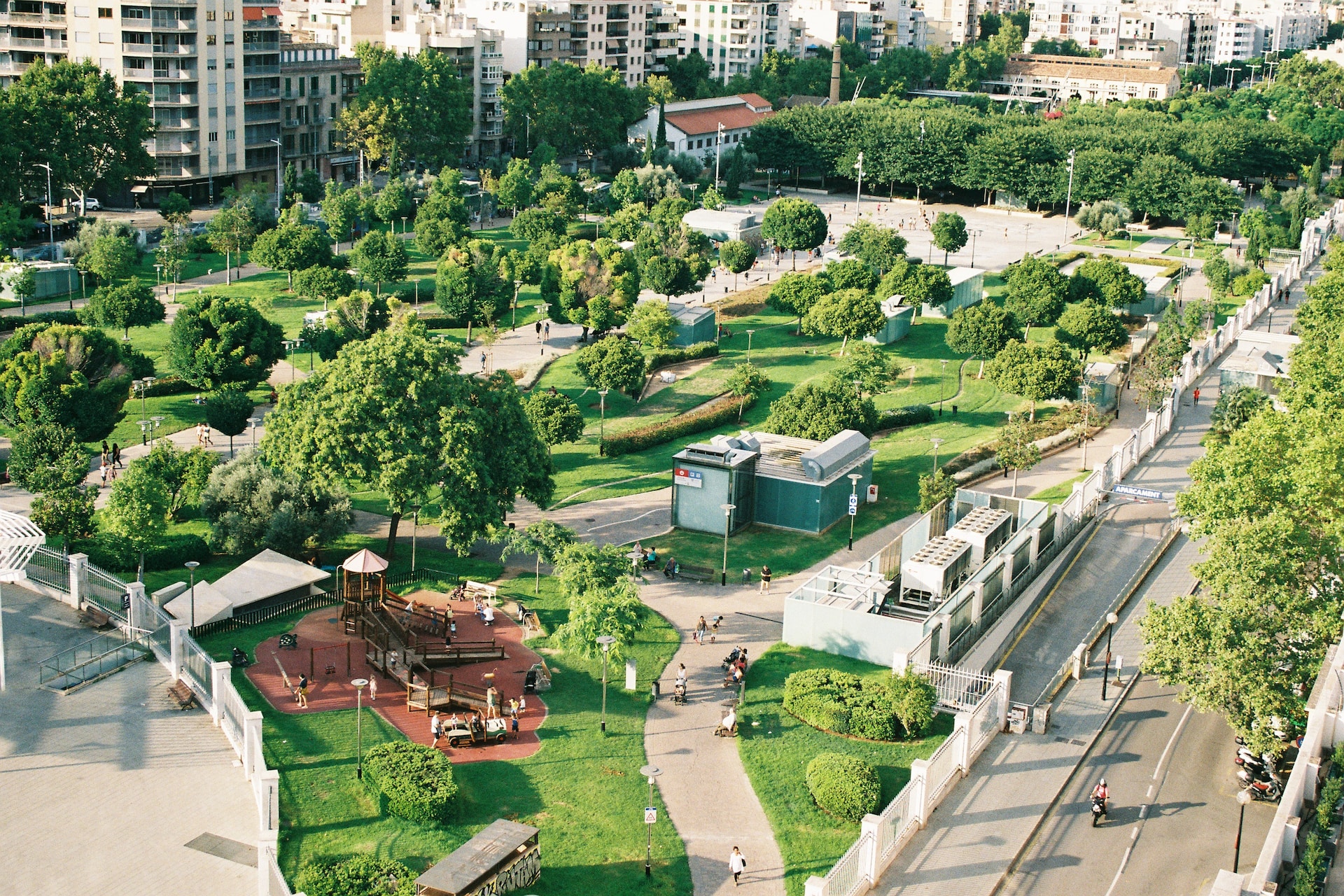In an era dominated by concrete jungles, the phrase “Nature heals” resonates more profoundly. A recent study has illuminated the power of nature, specifically greenspaces – the patches of green in our backyards, neighborhood parks, and community gardens – as protective custodians of our genetic well-being. Yet, amidst the escalating environmental crises, even this verdant shield has its vulnerabilities.
The DNA Guardians: Telomeres
Central to our genetic blueprint are telomeres, the repetitive DNA sequences that safeguard the extremities of our chromosomes. These molecular bodyguards, however, erode a tad with each cellular division. The ticking time bomb: when telomeres critically shorten, it impedes cell division, marking the cell’s end.
Scott Ogletree, the study’s spearhead and an alumnus of North Carolina State University’s Center for Geospatial Analytics, elaborates on this genetic marvel. “Think of telomeres as biological clocks, reflecting the cellular wear and tear. External pressures, especially stress, can hasten their decline,” Ogletree notes, now imparting knowledge at the University of Edinburgh.
Balancing Greenspace Benefits Against Urban Woes
While a plethora of studies have extolled the multi-faceted merits of greenspaces, and others have spotlighted the perils of pollution, housing segregation, among other urban blights, this study stands apart. Aaron Hipp, co-author and professor at NC State, outlines their unique perspective. “Our quest was to discern the cellular boons greenspaces proffer and juxtapose them against the backdrop of environmental challenges.”
A Dive into Decades of Data
Drawing from the CDC’s comprehensive National Health and Nutrition Examination Survey (NHANES) spanning 1999 to 2002, the researchers scoured data of over 7,800 participants. This rich dataset enabled a holistic analysis, intertwining demographic details, telomere lengths, and residential locales. Ensuring a meticulous study, the team also incorporated other factors like air quality and age-old housing segregation patterns, commonly known as “redlining.”
The Green Revelation
An intriguing pattern emerged: those nestled amid more greenspaces sported lengthier telomeres, hinting at enhanced cellular vitality. Hipp, who also oversees the social and behavioral science applications at NC State’s Center for Geospatial Analytics, highlights the universality of this finding. “This green advantage transcended racial lines, economic strata, or personal habits.”

When Other Factors Cast a Shadow
However, the narrative took a nuanced turn as other environmental variables entered the frame. Ogletree points out, “Once you factor in elements like pollution, historical segregation, or socio-economic ‘deprivation,’ the protective aura of greenspaces fades.” Here, “deprivation” envelops broader neighborhood metrics encompassing income, educational attainment, job status, and housing quality.
Greenspaces: Not a One-stop Solution
While greenspaces undeniably fortify cellular health, they are not a silver bullet for the broader environmental and societal quandaries. The malevolent shadow of issues, particularly those rooted in systemic racism, looms large, dwarfing the sanctuary greenspaces provide.
Hipp accentuates the broader picture, “Yes, let’s usher in more greenspaces. But let’s not lose sight of the monumental task of addressing the structural and systemic ailments plaguing our communities.”
In sum, as we champion a greener urban future, we must simultaneously grapple with the historical and entrenched challenges woven into the fabric of our communities. Only then can the symphony of nature and nurture reverberate harmoniously in our urban habitats.
©globalgreenhouse.eu

